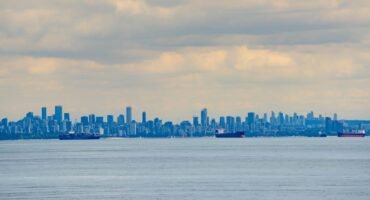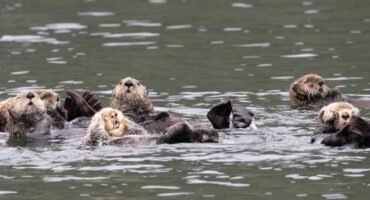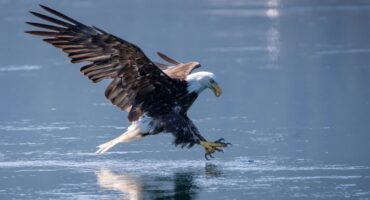
The Bearded Seal – A New Favourite
- Svalbard Photography Expedition
- How to Get to Svalbard (and what to do once you are there)
- Svalbard Photography Tour
- A Snowmobile Trip to East Svalbard
- Svalbard Photography Expedition on the M/V Freya
- Landscapes of Svalbard
- Harp Seals in the Sea Mist
- Falling in Love with the Arctic Walrus
- The Bearded Seal - A New Favourite
- Minke Whale Surprise
- Polar Bears (a.k.a. pixel bears)
- The Birds of Svalbard
- Reflections on Our Trip to Svalbard (and Svalbard Departure Tips)
My first bearded seal sighting was pure luck — and honestly, a little accidental. I was on the wrong side of the ship, scanning for a walrus, when a seal popped its head up out of the water. I assumed it was the walrus I was looking for, but later, when reviewing my photos, I realised it was actually a bearded seal. The photo itself… let’s just say you could mistake it for the Loch Ness Monster. But still — a new species for the list!
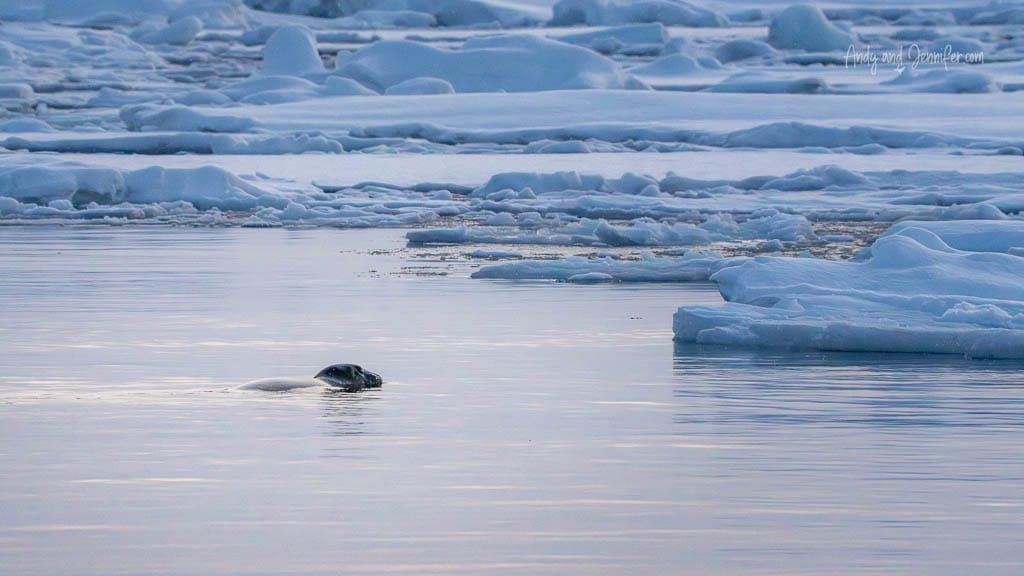
Luckily, a few days later, we hit the jackpot. On the second-to-last day, we found two very patient bearded seals hauled out on the ice. And they were basking in perfect golden light. They looked like bloated balloons with teeny-tiny T-Rex flippers, with oddly red fur on their faces.
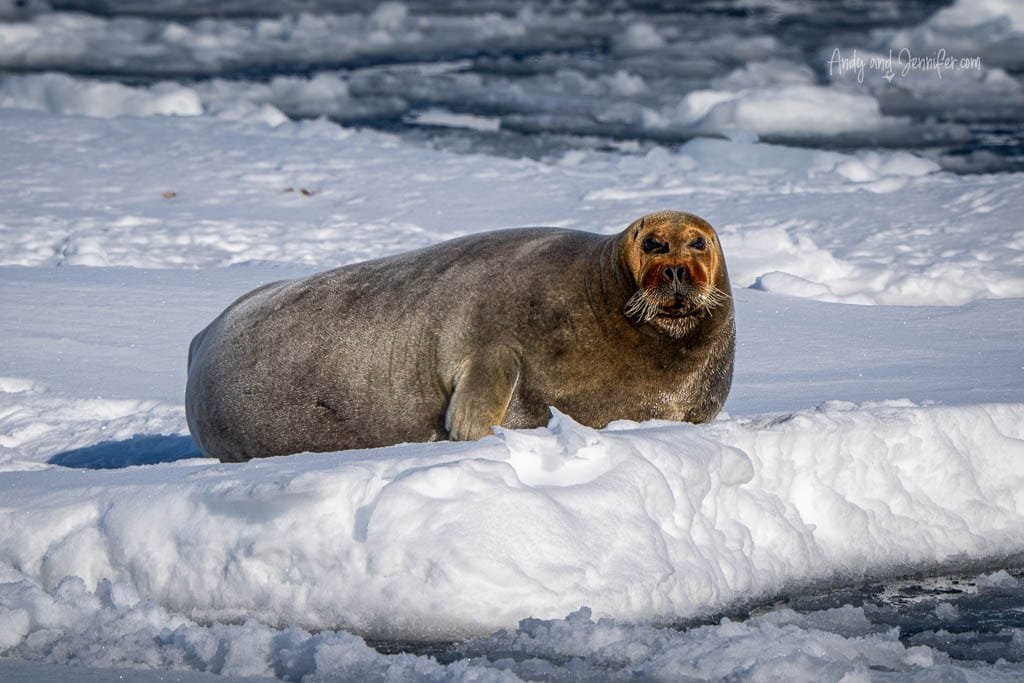
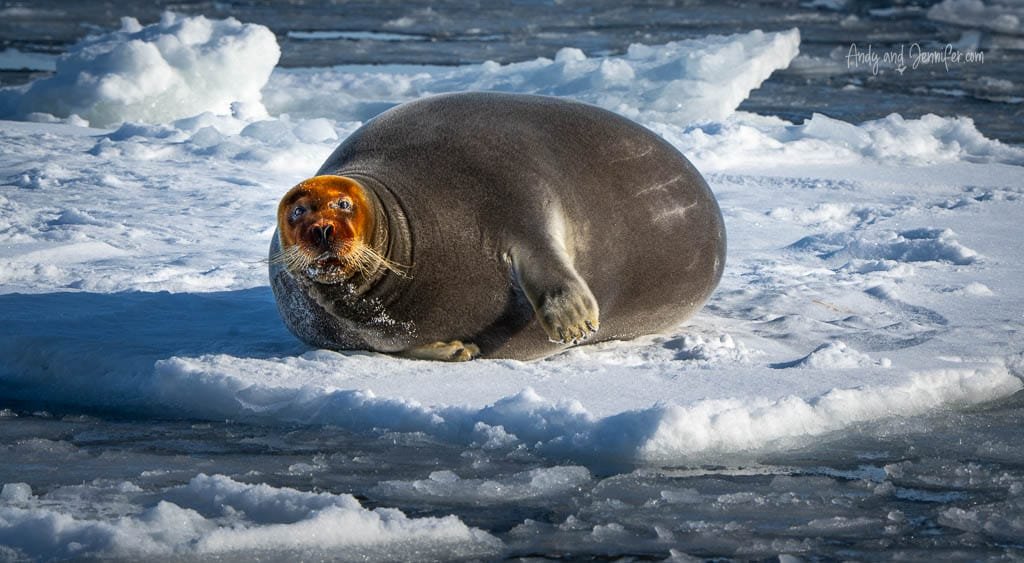
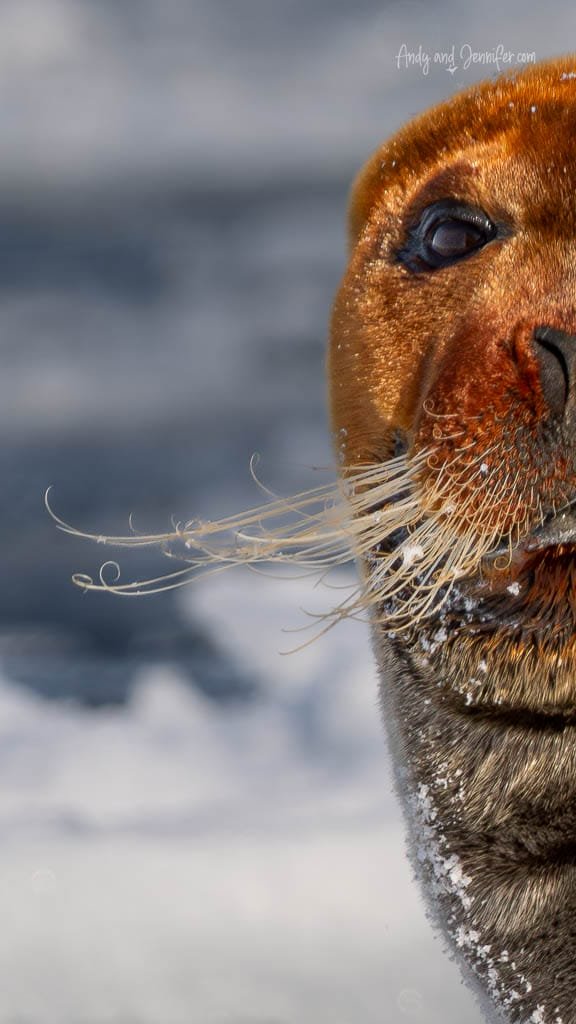
Fun Facts About Bearded Seals:
-
Bearded seals are named for their long, thick whiskers, which they use to detect prey like clams and bottom-dwelling fish on the muddy seafloor.
-
They are one of the largest Arctic seals, weighing up to 400 kilograms (about 880 pounds).
-
Their reddish faces come from rooting around in iron-rich sediments, especially in spring and summer when feeding is intense.
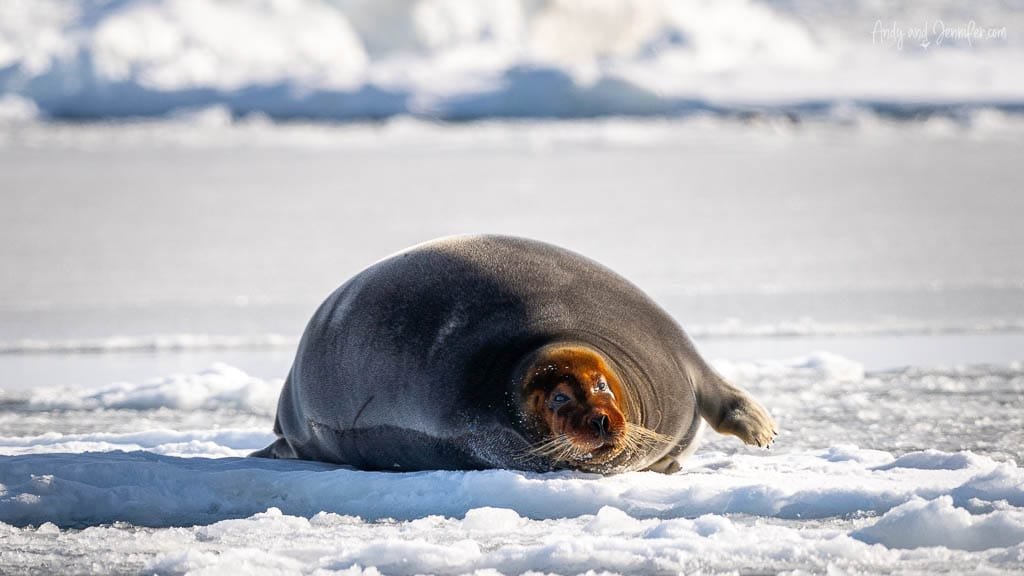
Next up — A Surprise Minke Whale
We’re Andy and Jennifer—two former corporate executives who chose long ago to prioritise experiences over stuff while pursuing our passions for travel and photography. From the Arctic to Antarctica, and most places in between, we’ve captured the world through our lenses and love sharing those stories. Our careers gave us the means, but our purpose is inspiring others to explore and helping people create images they’re proud of.


